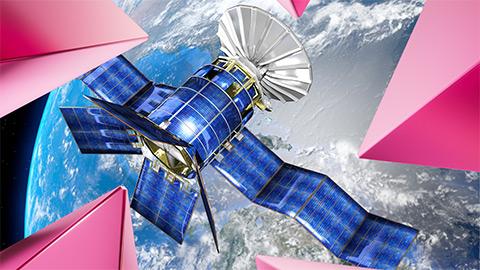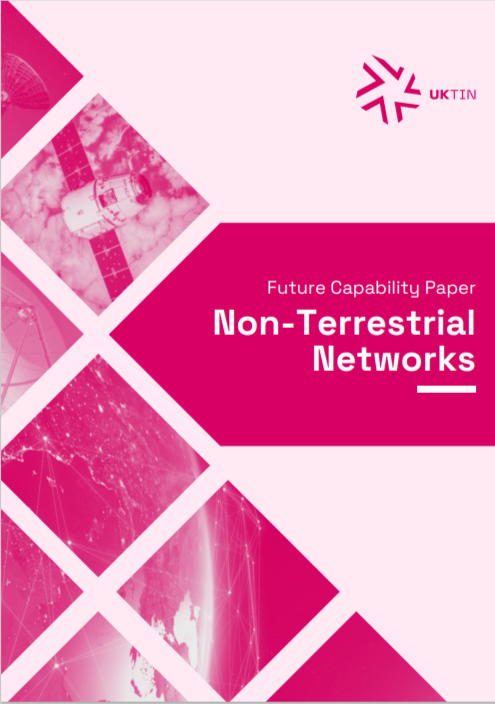
Non-terrestrial networking (NTN) refers to any network that involves space or airborne elements, including satellite communication networks, high-altitude platform systems (HAPS), and air-to-ground networks
Satellite communication networks utilise spaceborne platforms, such as low Earth orbiting (LEO) satellites, medium Earth orbiting (MEO) satellites and geosynchronous or geostationary Earth-orbiting (GEO) satellites.
In recent years, alongside technical advancements in antennas, chipset size, power consumption, reusable rockets and satellite size, there has been a renewed interest in the use of LEO networks with large satellite constellations to provide voice and data services, particularly to rural or remote areas.
With more demand for higher bandwidth and lower latency, Non-Geostationary Orbit (NGSO) satellites have also started to emerge and help serve different use cases: mainly broadband communications, connectivity to enable the Internet of Things industrial applications, provision of backhaul for terrestrial networks, and advanced earth observation applications.

The UK has a real opportunity to take a lead in Non-Terrestrial Networking (NTN) industrial developments.
As Chair of the NTN Expert Working Group, I'm committed to developing a UK strategy that brings academia and industry together to form a roadmap from 5G to 6G, and addresses the key NTN technologies that industry can focus on. Putting the UK in the driving seat for NTN.”
Barry Evans
- Opportunities for NTN
- Diversification of supply chains
- NTN integration
- Barriers
Future Capability Paper - Non-Terrestrial Networks
The UK Telecoms Innovation Network (UKTIN) NTN working group, comprising of industrial and academic experts have worked during 2023 to analyse gaps and strengths in the UK NTN ecosystem and to make initial recommendations to Government, academia a









